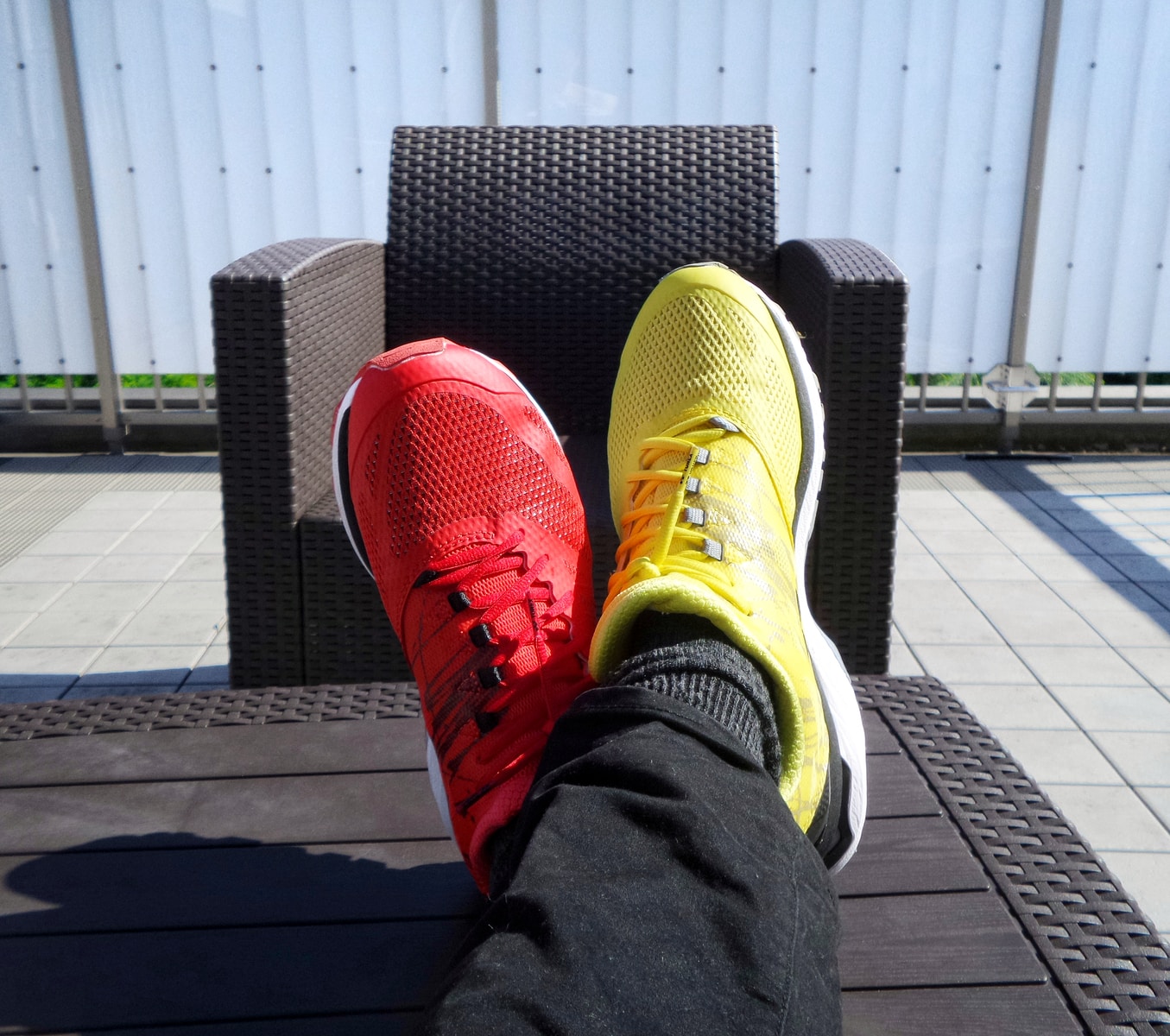Hi, I’m James. Thanks for checking out Building Momentum: a newsletter to help startup founders and marketers accelerate SaaS growth through product marketing.
I’ve written before about how sales decks are more than just a presentation to be talked over.
Instead, your sales deck is a prop.
When sales reps use it as a conversation starter, they’ll be able to engage, learn from, and persuade the prospect.
But to do that, you need to encourage your team to ask questions, listen, and use that to frame or reframe your product in the best light.
In this post, I’m going to walk through a sales deck I created in a previous role, along with the the framing used by sales reps and the questions asked throughout to keep the conversation on track.
In this post:
Recap: SPIN questioning
We trained sales reps to use the SPIN framework to navigate the conversation.
Situation: how they are doing something today
Problem: the challenge that arises
Implication: the impact of their incumbent solution
Need-Payoff/Value: the impact that a new solution that solves the challenge would deliver
In the case of a demo, we would ideally be armed with enough information from the discovery call to know the prospects top three challenges. This would provide enough framing for the call from the get-go.
Example: Kayako sales deck
This deck was used as the Kayako sales demo deck from our relaunch in 2016, where I led go-to-market strategy and execution, including positioning, messaging, customer development, inbound marketing, and sales strategy/enablement. Check out this post for more context on our relaunch.
Kayako is customer service software that helps businesses to deliver effortless customer service across live chat, email, support portals, and social media. It was acquired by ESW Capital in March 2018.
For context, this deck was used in the sales demo meeting stage. It followed a discovery call by an SDR, who would check for BANT qualification and discover the motivations behind searching/switching for a new solution. All leads were inbound trials; they had signed up for a free trial.
Slide 1: Framing

The title of this slide would be changed to one of three of our core value drivers (see slide 5 below), depending on which was deduced as the most relevant from the discovery call.
Goal: Make a memorable impression and hold space in the customers mind for the call
Talk track: Introduce Kayako and detail our goal – in this case, to help organizations grow personal customer relationships.
Questions:
Clear up anything not gained from the discovery call
Ask about their day, any big projects they were working on, etc.
Slide 2: Agenda

Taking a moment to set the scene allowed us to align on the outcome of the call and make sure it met everyone’s needs.
The rep would introduce themselves and their experience helping similar companies, before asking for brief intros from everyone else on the call. This would help the sales rep adjust their talk track accordingly.
Goal: Set the scene for the call
Talk track: Introduce today’s agenda, ask if there’s anything else the prospect would like to get out of this call, introduce the rep, and learn more about who’s on the call.
Questions:
Who do we have on the call today?
I’m going to walk through … Is there anything else you’d like to cover today?
Slide 3: Challenges

We understood our market – mostly eCommerce retailers and SaaS businesses – pretty well. Presenting our interpretation of the challenges they were facing were our stake in the ground. Customers would engage with these and agree – in which case, we were going to be a good fit. If they didn’t engage or find some connection with these, they were going to be a bad fit. We would be transparent about this upfront – disqualification is even more important than qualification in SMB sales.
Goal: Present our insight, gain alignment
Talk track: Top challenges we understand organizations like yours to be facing, learn about their specific challenges
Questions:
From our [discovery] call the other day, you mentioned that [problem] is a challenge, can you tell me more
How do these fit with the challenges you’re facing, is there any similarity?
Focus on specific challenge, e.g. How have your customer’s expectations around support changed over the last few years? / Are you finding more customers contact you multiple times across channels to get support? / Have you found it difficult to make decisions based on data because of [situation]?
Slide 4: Go on the offensive

We competed strongly on our belief that the way customer service has been done – the old game – is a point of failure. The only way to be successful is to understand your customer as as whole, not just their support tickets. By presenting a ‘life without/life with’ illustration, we were able to make our philosophy more tangible and make a clear case.
Goal: Attack competitor viewpoint, detail our philosophy and how we are uniquely placed to deliver this
Talk track: The illustration on the left is typical of almost every other customer service tool out there. Every customer query becomes nothing more than a ticket number, it’s impersonal, there’s tons of unhelpful information that agents have to tackle before they even get to the request. We think this is wrong. Kayako makes customer service personal, creating a single timeline for your customer’s requests and their customer journey across all interactions with you.
Questions:
How are you finding [current platform]?
Where are you in trials with other competitors? What are your thoughts on them?
What are you doing today to understand your customer and provide personal support experiences?
What challenges arise from not being able to understand the customer journey?
If you could, what do you think would change?
Slide 5: Present our value

As a result of the challenges we understood from the market, plus additional framing from the demo call so far, this slide was our opportunity to present our solution’s core value drivers.
Reps would link these back to stories they’ve heard from the prospect in the call, or from case studies. For example when talking about supporting customers as a team, they would share a quick anecdote on how Company X has been able to cut resolution time in half by allowing non-support staff to collaborate on conversations.
Goal: Reiterate our three core value drivers, double-down on the most relevant points based on understanding so far, link to demo
Talk track: With our personal customer experience philosophy and the challenges we discussed, we built Kayako to ensure you can stay personal as you grow and scale, work together as a team to provide the highest level of quality support, and have all the data you need to truly understand your customer.
Questions:
So far, what do these mean to you? How do these resonate with what you’re hoping to achieve with your customer support platform?
Based on our conversation so far, I’d say that Y is the most pressing for you right now, is that fair?
In the demo coming up, I’m going to run through the core ways we help you achieve these goals. Is there anything else that I should focus on?
Slide 6: It’s demo time

Our standard product demo would be split into three sections, showing how our product helps overcome the top three challenges and any others the prospect has raised. Sales reps were given a crib sheet to follow with key steps and key points to follow, using the value nugget format to show how intangible value was formed of tangible benefits, delivered by product features.
Product demos would not involve clicking through each button or page, or showing an complicated workflow. These would be covered in a follow up pre-sales meeting, if required at all. The aim of this demo is to provide enough tangible insight into what working in the product is like.
Goal: Showcase exactly how the Kayako product helps deliver those three values, plus other areas of interest to the prospect
Questions:
SPIN questioning would be used throughout, asking prospects to explain the situation, problem, implication, and needs-payoff/value for core, relevant challenges
For example:
- Situation:
- “How are you doing this today?” / “So today, you’re doing…”
- Problem:
- “What’s difficult about this?” / “When you’re doing [x], you struggle to…”
- Implication:
- “What’s the impact of this?” / “And this means you can/can’t…”
- Need-Payoff/Value:
- “If you could fix [problem], what would that achieve?” / “When you can [overcome problem], that would allow you to [find value].”
Slide 7: Social proof

Based on signals picked up during the conversation, as well as anything from the discovery call, sales reps could reactively or proactively tackle any objections at this point with framing that imbued trust, scalability, and social proof.
Reps would use the Feel/Felt/Found, Priorities, Justification, or Proactive approaches to objection handling, making sure to move the conversation forward.
Goal: Combat objections
Talk track: Kayako is trusted by organizations of all sizes to deliver personal customer support, used by over 130,000 support pros. [Combat objections].
Slide 8: Finish on a success story

After tackling any objections, we wanted to leave a positive impression and have one last push at persuading further engagement. By presenting a quick case study – often navigating to the prospect’s support portal to show the product in action – we were able to create some FOMO, ground the product in a physical form, and offer relevant anecdotes on how similar customers have achieved the same kind of outcomes the prospect is looking for.
Goal: Showcase a relevant success story, leave a positive lasting impression
Talk track: I hope today’s session has given you a taste of how Kayako can help you provide effortless customer service. Before we finish up, I just wanted to offer a quick example of how a similar company is using Kayako and seeing great results. [expand]
Slide 9: Push it forward

This slide showed the basic steps involved, and we explained how customers could get up-and-running with the product, and what after-sales support would be like. We used this as a way to learn what the prospect’s buying process would be so we could prioritize or deprioritize accordingly. We aimed to galvanize the conversation, using what we knew about their challenges or sometimes offering deadlines to create urgency and momentum.
Goal: Understand the prospect buying process and build momentum
Talk track: So this is the process that customers follow with us to get up-and-running really quickly, often from start to finish within four weeks. After today’s call, your trial now has 14 days left. Once you’ve made your selection and agreed terms, we’ll help you out with onboarding before going live. You’ll also get expert ongoing support from our success team to help you make the most and help you [overcome biggest challenge].
Questions:
“How quickly are you trying to get up-and-running?”
“What’s your selection criteria? What additional information can we provide?”
“Are there any steps not on here, that you would need to go through on your side?”
Tips: how to use your sales deck as a conversation starter
Use and train reps with the SPIN question format to dig from situation to value in real-time
Go light on text
Challenge – offer some type of contentious, unconventional wisdom
Lastly, remember; there is no single sales deck. Make sure you’ve understood the buyer journey to determine exactly what the buyer – and your business – need from each meeting in the sales process.
Thanks for reading! Let’s connect on Twitter and LinkedIn, and let me know what you thought.




